George Boole, for whom the Moon’s Boole Crater is named, was a self-taught child prodigy who is considered one of the most influential mathematicians of the 19th century. His invention of Boolean logic, a system of binary values that condenses complex thoughts into simple equations, helped paved the way for the digital revolution.
Alan Turing used Boolean logic when developing the first design for a digital computer, and in the 1930s Claude Shannon used it to build electrical circuits that would become the basis for modern computers.
On a quiet street in the heart of Cork’s Georgian quarter sits the house where Boole did some of his more important work while working as the first professor of mathematics at Queen’s College, Cork (now University College Cork). Boole moved into the house on Grenville in 1849, and penned his seminal work “An Investigation of the Laws of Thought” there.
A somewhat prophetic footnote in the book remarks that a field visible through his window is “liable to be overflowed from two causes, distinct, but capable of being combined, viz., floods from the upper sources of the River Lee, and tides from the ocean.” The house was almost destroyed by time and a severe flood in 2009, but the University College Cork has remained steadfast in its campaign to preserve the once crumbling home. Boole left the house after marrying Mary Everest in 1855, but his impression on it has persevered.


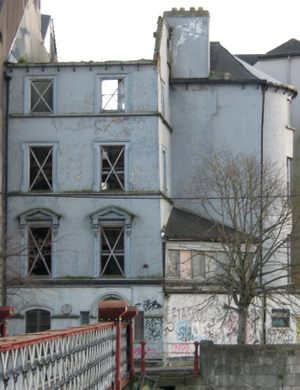
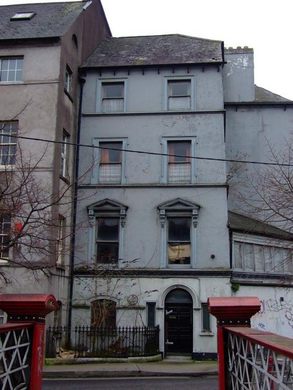





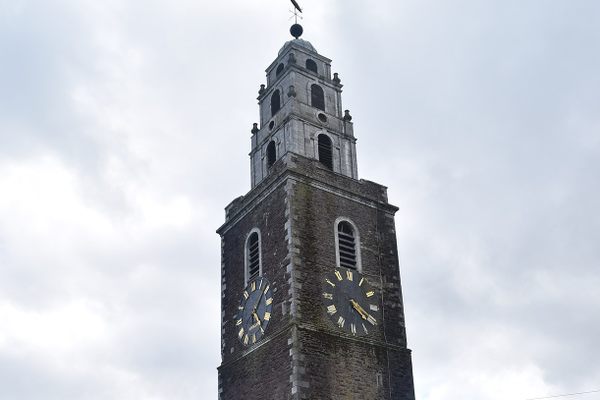



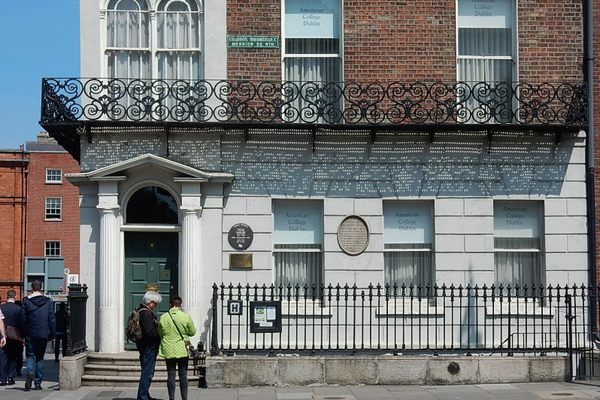
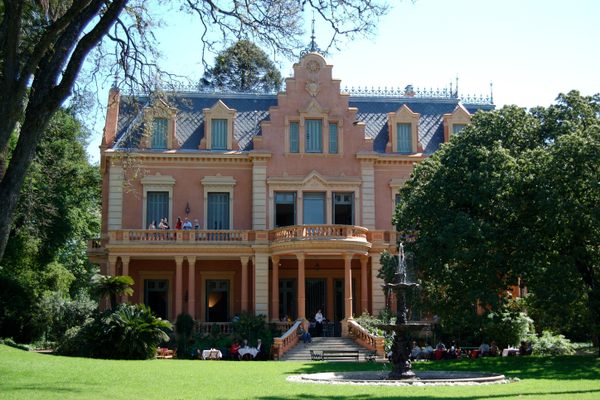


Follow us on Twitter to get the latest on the world's hidden wonders.
Like us on Facebook to get the latest on the world's hidden wonders.
Follow us on Twitter Like us on Facebook